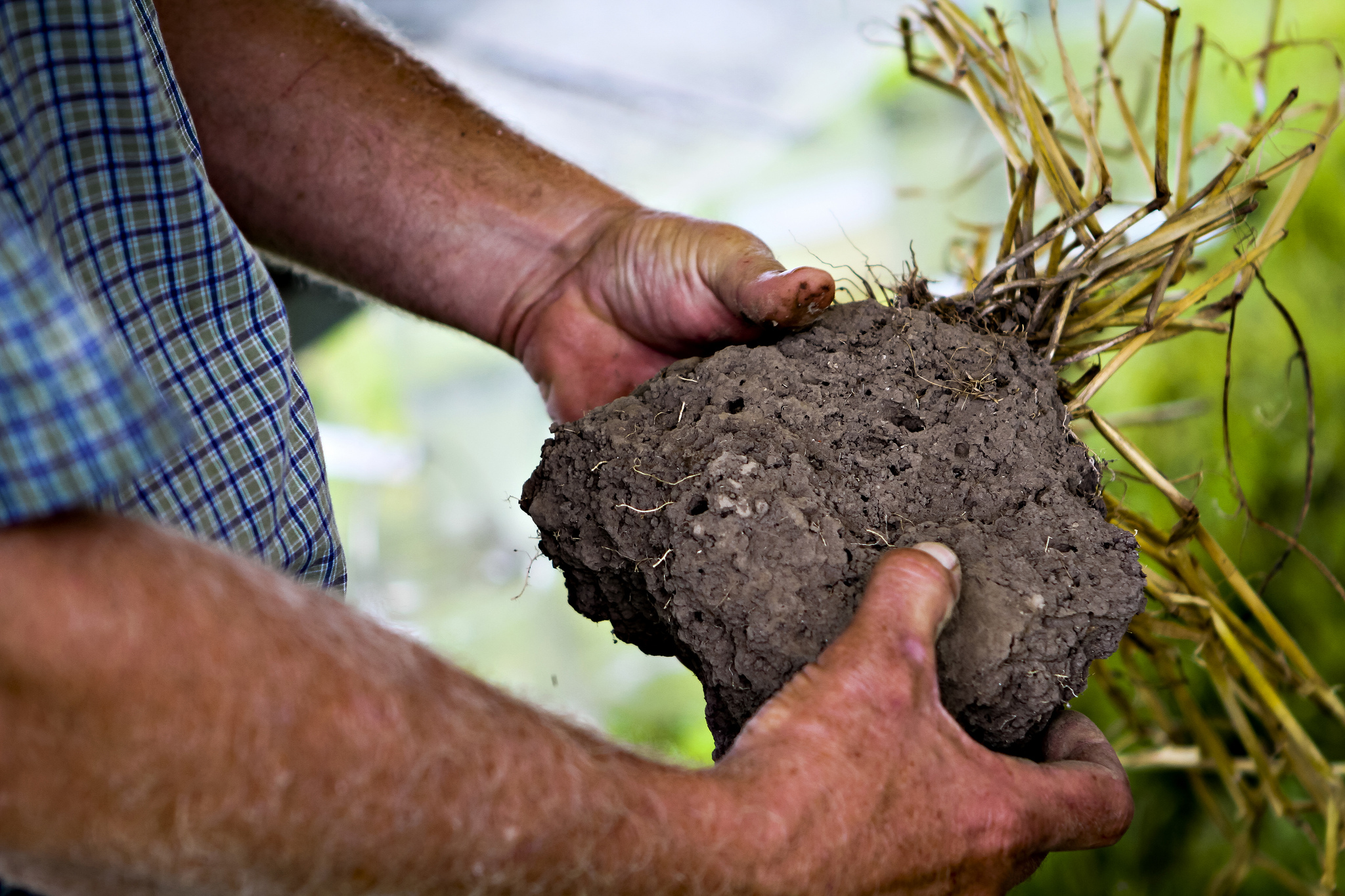Great landscapes begin with quality topsoil

COLUMBIA, Mo. — Quality landscapes begin with quality topsoil. Topsoil is the top 3-10 inches of the soil. Most surface soils have higher organic matter content than subsoil, but not all surface soil is ideal for gardens or lawns, says Manjula Nathan, director of the University of Missouri Extension Soil and Plant Testing Laboratory.
The need to improve topsoil usually comes about in one of two ways: Either existing lawn has poor soil or builders remove the topsoil when leveling ground for construction projects.
In either case, topsoil needs to be replaced or amended. Topsoil sells in bags or in bulk. Bagged topsoil has added lime, fertilizer and organic matter and usually sells in 40- to 50-pound quantities at garden centers. Bulk topsoil generally is native soil taken from the surface and sold by the truckload. Check print or online sources to find bulk topsoil suppliers.
Homeowners often face confusion because they do not know the characteristics of good topsoil, Nathan says. While plants will grow in a wide range of materials, topsoil will have suitable physical and chemical properties for your purpose.
The American Society of Landscape Architects gives guidelines for topsoil commonly used in contracts for landscape projects. Choose topsoil free of weeds, plant disease pathogens and stones under a certain diameter.
Topsoil should meet specific standards for pH (a measure of soil acidity), texture and organic matter content. If soil falls outside of acceptable ranges for any one of the properties, reject the material. Otherwise, you will likely spend a lot of money and time improving soil conditions for plants to do well.
Soil pH indicates the acidity or alkalinity of soil. Paper test strips do not accurately measure soil pH. It must be measured with an electrode for accuracy. A pH of 7 is neutral, while values below 7 are acidic and values above 7 are alkaline or basic. Ideal pH is between 5.5 to 7.5. Many plants grow well in this range. However, some acid-loving plants like azaleas, rhododendrons, blueberries and raspberries prefer pH below 5.5.
Soil texture refers to the proportion of sand, silt and clay-sized particles in soil. Texture influences the soil’s water-holding capacity, aeration, drainage, tilth, compaction and nutrient-holding capacity. Ideal soil texture is loam and silt loam, according to Nathan.
Soil organic matter is essential in the formation of soil structure, reducing compaction and retaining plant nutrients. It helps to improve water-holding capacity, aeration and tilth. Ideal organic matter content is 3% or greater.
A soil test is the most reliable way to determine the quality of topsoil. Nathan recommends having topsoil tested when buying a large quantity.
The Soil and Plant Testing Laboratory on the MU campus offers soil testing for textural analysis and to determine soil fertility status (pH, buffer pH, organic matter, phosphorus, potassium, calcium, magnesium and CEC).
For more information, contact the lab at 573-882-0623 or soiltestingservices@missouri.edu, or visit muext.us/SoilPlantLab.
Miss Clipping Out Stories to Save for Later?
Click the Purchase Story button below to order a print of this story. We will print it for you on matte photo paper to keep forever.

